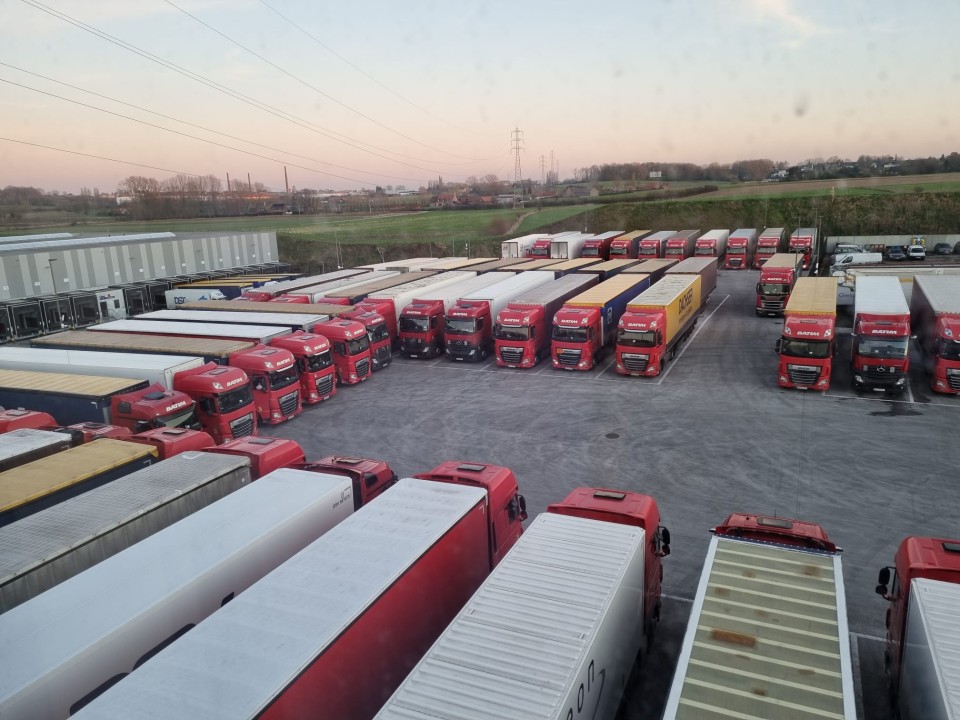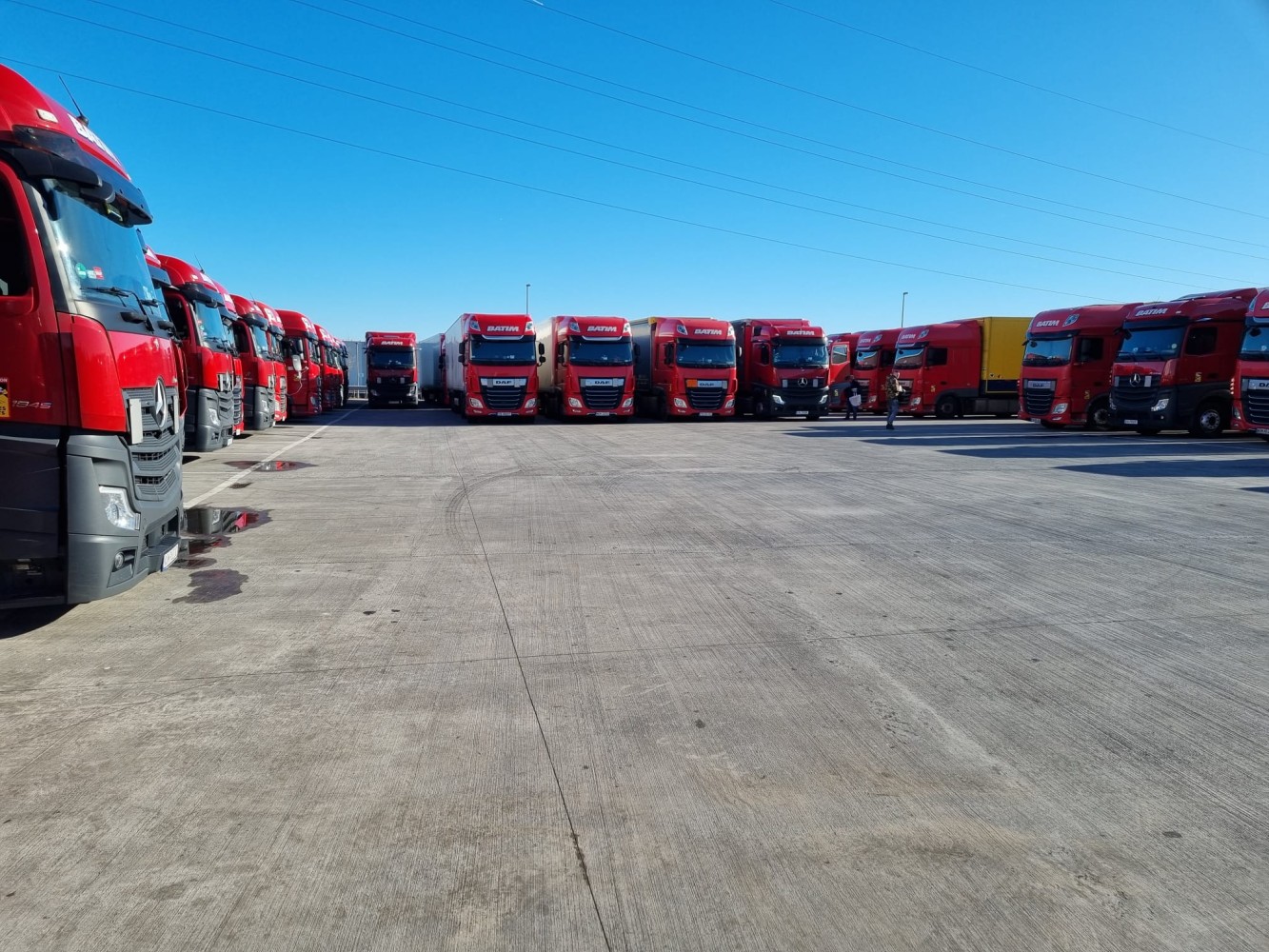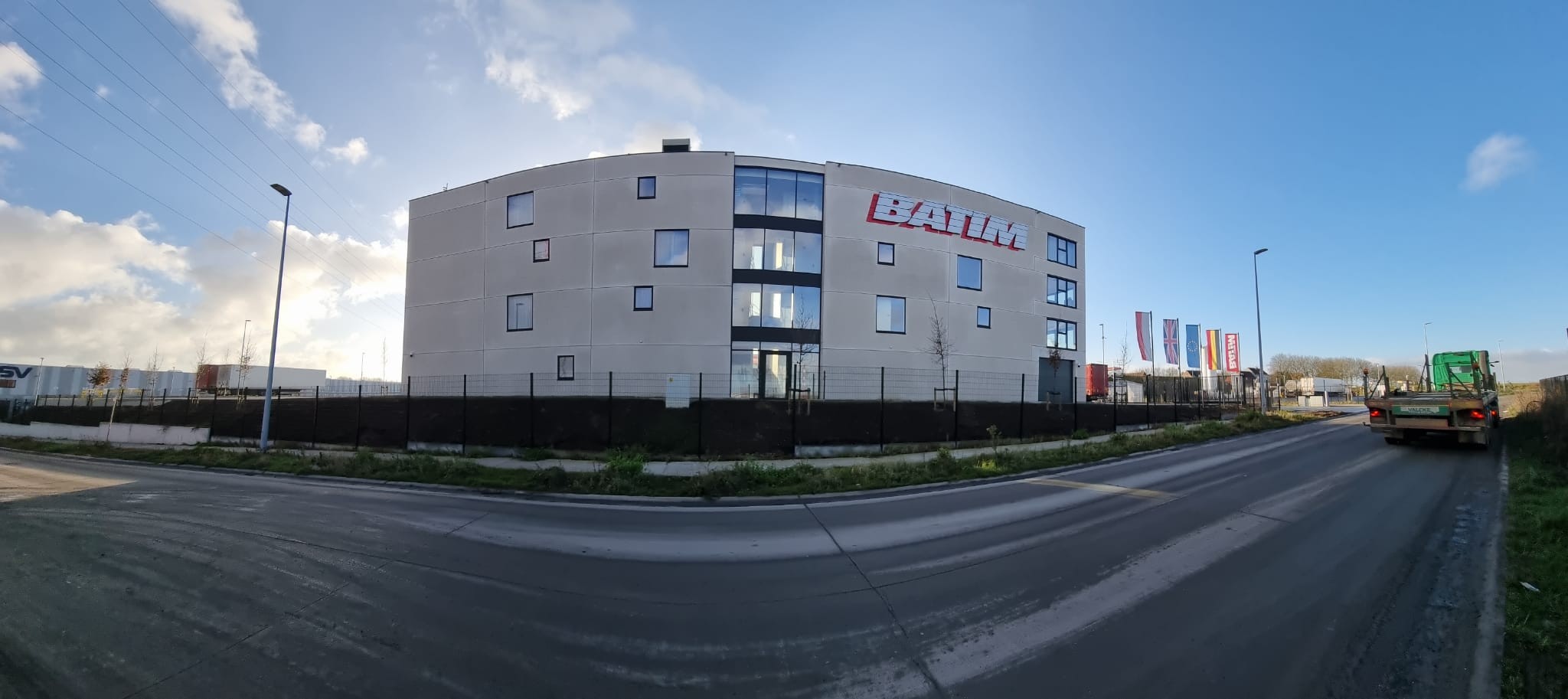
Susie Jones
Potovanje SNAP podjetja Batim International Transport & Spedition
Ustvarjeno: 19. 02. 2025
•
Posodobljeno: 19. 02. 2025
Podjetje Batim International Transport, ustanovljeno leta 1995, zagotavlja prevozne in špediterske storitve po vsej Evropi. Podjetje se ponaša z odlično kakovostjo in najsodobnejšim voznim parkom, sestavljenim iz vozil SCANIA in Mercedes.
Podjetje s sedežem v kraju Stary Sącz na Poljskem ni tuje v rasti. V svojih začetkih je Batim začel z dvema traktorjema, zdaj pa jih ima več kot 500.
V tem kratkem času je podjetje pridobilo številne akreditacije in certifikate, med drugim naziv najboljšega delodajalca leta 2014 in priznanje revije Forbes leta 2015. S širjenjem voznega parka in izboljševanjem storitev si podjetje nenehno prizadeva za rast.
Družba Batim International se je pridružila sistemu SNAP že v začetku in še vedno uporablja svoj račun SNAP za rezervacijo parkirnih mest po vsej Evropi za svoj velik vozni park. Pogovarjali smo se z vodjo poslovanja Krzysztofom, ki je povedal o izkušnjah podjetja s sistemom SNAP.
Ugodnosti SNAP za vozne parke
SNAP voznim parkom zagotavlja več kot 450 servisnih partnerjev po vsej Evropi, pri katerih lahko uporabljajo našo rešitev za plačevanje voznih parkov. "V SNAP smo se vključili zaradi brezgotovinskih transakcij," pojasnjuje Krzysztof.
To je prednost za številne vozne parke, saj SNAP zagotavlja plačilno rešitev za plačevanje storitev za tovornjake brez gotovine ali kartice. Ta plačilna rešitev se lahko uporablja za storitve, kot so pranje tovornjakov, prehod Dartford in parkiranje tovornjakov. Krzysztof navaja, da je bilo slednje še posebej koristno.
"Projekt SNAP mi je koristil, saj mi je omogočil rezervacijo parkirišča, tako da mi ni treba skrbeti za prostor za voznika."

Možnost iskanja partnerja za storitve na postajališčih za tovornjake prek sistema SNAP je bila tudi prednost za Krzysztofa. Pojasnjuje, da je "možnost preverjanja in iskanja vseh podrobnih informacij o številnih postajališčih za tovornjake v različnih državah, da se prepriča, da je na voljo vse potrebno glede določenega tovora in opreme za voznike", zanj ena od najbolj uporabnih funkcij.
Poleg tega ima sistem SNAP velike koristi za Batimove voznike. Krzysztofova flota voznikov je lahko mirna, saj ima na voljo veliko mrežo parkirišč za tovornjake in deponij. Krzysztof pravi, da je "velika mreža parkirišč za tovornjake" SNAP neprecenljiva.
Številna podjetja po vsej celini so z našim sistemom parkiranja v skladiščih povečala svoj zaslužek. Shema omogoča voznim parkom, da svoja parkirna mesta v skladiščih ponudijo omrežju in tako zaslužijo dodaten denar ter voznikom pomagajo, da se izognejo ranljivim parkiriščem in industrijskim območjem. Družba Batim International s svojim depojem v Belgiji prispeva k zmanjšanju pomanjkanja parkirišč v Evropi in se pridružuje tej shemi. V času, ko so njihovi tovornjaki na cesti, ponuja 20 parkirnih mest za druge voznike.
Vpliv partnerjev v storitvah SNAP na dobro počutje voznikov
Dobro počutje voznikov je vroča tema razprav v skupnosti prevoznikov. Ker gre za zahteven poklic, je jasno, kako lahko dolge ure, socialna izolacija in sedeč način življenja vplivajo na duševno zdravje.
Vozni park je odgovoren za dobro počutje svojih voznikov. Vendar imajo lahko pomemben vpliv tudi postajališča za tovornjake. Parkirišča in postajališča za tovornjake z osnovno opremo lahko bistveno izboljšajo počutje voznikov. To je po mnenju Krzysztofa in ekipe ključnega pomena za njihov vozni park z več kot 800 vozniki.
Na vprašanje, kaj lahko postajališča za tovornjake storijo za dobro počutje voznikov, Krzysztof odgovarja: "Vozniki potrebujejo predvsem čiste prhe in stranišča." Na videz preprosta rešitev za mnoge, vendar je vpliv, ki ga lahko ima na voznikovo izkušnjo, precejšen.

Storitve za stranke s SNAP-om
V podjetju SNAP smo ponosni, da voznim parkom in voznikom zagotavljamo podporo, ki jo potrebujejo za učinkovito in uspešno delovanje. Naša izkušena ekipa za storitve za stranke in upravljanje računov pomaga voznim parkom in voznikom pri vseh vprašanjih. Nekaj, kar so Krzysztof in ekipa ugotovili, da je koristno.
"Obrnili smo se na službo za pomoč strankam družbe SNAP - tako po e-pošti kot po telefonu. Vedno smo naleteli na individualen pristop glede posameznega primera, razumevanje in dobro voljo zaposlenih v podjetju SNAP, da nam pomagajo po svojih najboljših močeh," pojasnjuje Krzysztof.
Še danes prijavite svoj vozni park na SNAP
Naša rešitev za plačevanje voznega parka se za plačevanje storitev tovornjakov uporablja vsakih 13 sekund po vsej celini. Obiščite snapacc.com in se pridružite več kot 7000 voznim parkom, ki uporabljajo račun SNAP kot celovito plačilno rešitev za vozni park.



